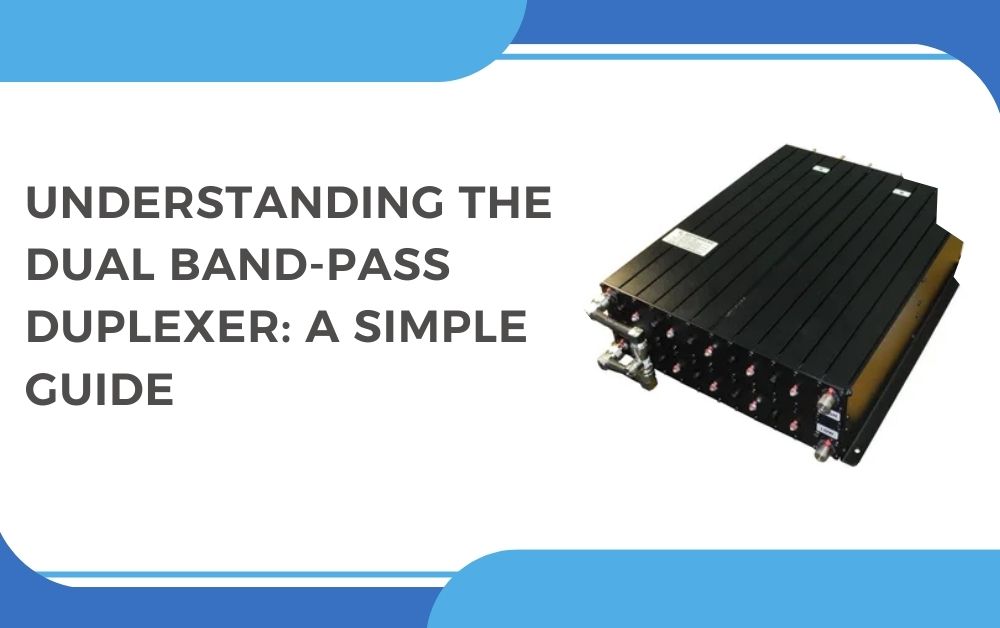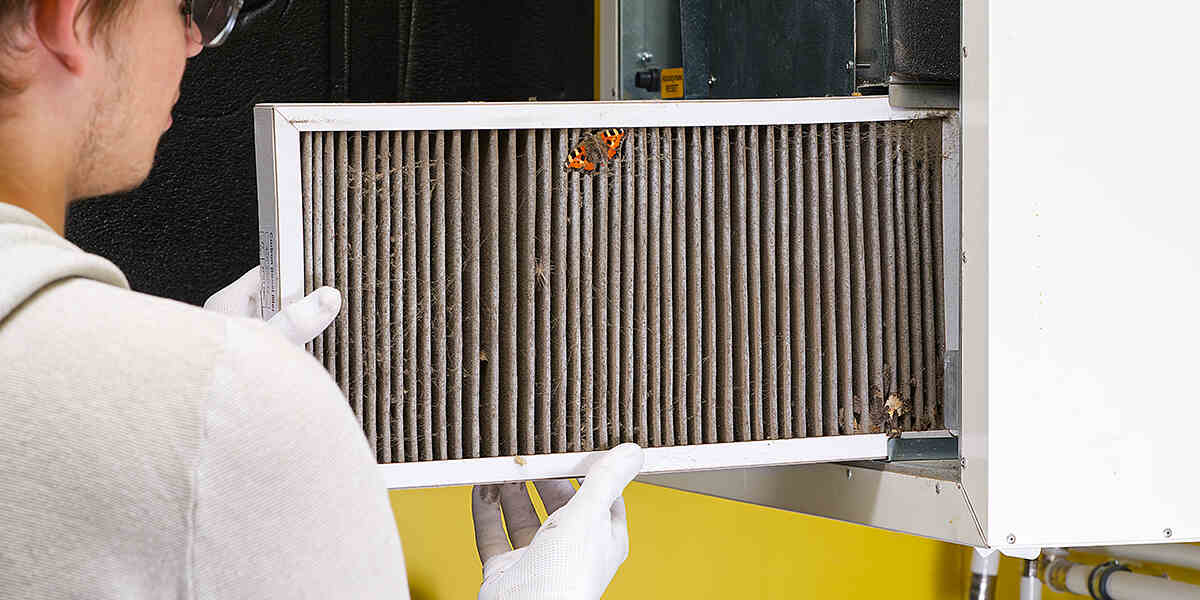Understanding the Dual Band-Pass Duplexer: A Simple Guide

Are you curious about what a Dual Band-Pass Duplexer is and how it works? You’ve come to the right place! In this blog, we’ll break down this complex-sounding term into easy-to-understand pieces. Whether you’re a tech enthusiast or just someone who likes to know how things work, this guide is tailored for you. Let’s dive in!
What is a Duplexer?
Before we tackle the “Dual Band-Pass” part, let’s first understand what a duplexer is. Simply put, a duplexer is a device used in communication systems that allows signals to travel in two directions through the same channel. Imagine a two-way street where cars (signals) can go both ways without crashing into each other. That’s what a duplexer does for signals!
The Magic of Duplexers
Duplexers are like traffic controllers for signals. They make sure that the incoming and outgoing signals don’t interfere with each other. This is crucial in devices like radios and mobile phones, where you want to send and receive messages at the same time.
The “Dual Band-Pass” Feature
Now, let’s add the “Dual Band-Pass” to our understanding. “Band-Pass” refers to allowing only certain frequencies (or bands) of signals to pass through. It’s like having a door that only lets people of a certain height pass through.
Dual Bands for Double the Efficiency
When we say “Dual Band-Pass,” we mean that the device can handle two different frequency bands simultaneously. It’s as if you have two doors, each letting people of different heights pass through at the same time. This feature is handy because it allows the device to work more efficiently, handling more data without getting signals mixed up.
How Does a Dual Band-Pass Duplexer Work?
Imagine you’re at a busy train station with trains coming and going on the same track. It sounds chaotic, right? But what if there was a way to manage the trains so that they could use the same track without colliding? That’s what a Dual Band-Pass Duplexer does, but with signals instead of trains.
The Process Simplified
- Separation: The duplexer separates incoming and outgoing signals based on their direction. It’s like having a gate that only opens one way.
- Filtering: Once the signals are separated, the duplexer then filters them based on their frequencies. Only the signals that are in the right “height” (frequency) can pass through.
- Dual Channels: Because it’s a dual band-pass duplexer, it does this filtering for two different frequency bands at the same time. It’s like having two gates, each for a different type of signal.
Why is the Dual Band-Pass Duplexer Important?
In today’s world, where data is king, having efficient communication devices is crucial. The Dual Band-Pass Duplexer plays a big role in this by:
- Reducing Interference: It keeps different types of signals from getting mixed up, which can mess up the data being sent and received.
- Improving Efficiency: By handling two frequency bands at once, it can manage more data simultaneously.
- Enhancing Communication Quality: With less interference and more efficient data handling, the overall quality of communication improves.
Applications of Dual Band-Pass Duplexers
You might be wondering, “Where is this technology used?” The answer is – in many places! From your mobile phone to emergency services’ radios, dual band-pass duplexers are hard at work. They are also used in:
- Wireless Networking Devices: To ensure smooth Wi-Fi and Bluetooth connections.
- Satellite Communication: To manage the high volume of data being sent and received from satellites.
- Military Communication Systems: Where reliable and clear communication can be a matter of life and death.
Conclusion: The Unsung Hero
The Dual Band-Pass Duplexer might not be something you hear about every day, but it’s an unsung hero in the world of communication technology. By allowing devices to handle multiple frequencies efficiently and with minimal interference, these duplexers ensure that our phones, radios, and other communication devices work smoothly and reliably.
Embracing Simplicity in Complexity
We hope this guide has helped you understand the Dual Band-Pass Duplexer in simple terms. Remember, even the most complex technologies can be broken down into understandable pieces. And who knows? Maybe the next time you’re on a call or streaming a video, you’ll appreciate the intricate dance of signals happening behind the scenes, all made possible by technologies like the Dual Band-Pass Duplexer.
Note :- If you need more ideas about Dual Band-Pass Duplexer, you can find them on this hituponviews.com









